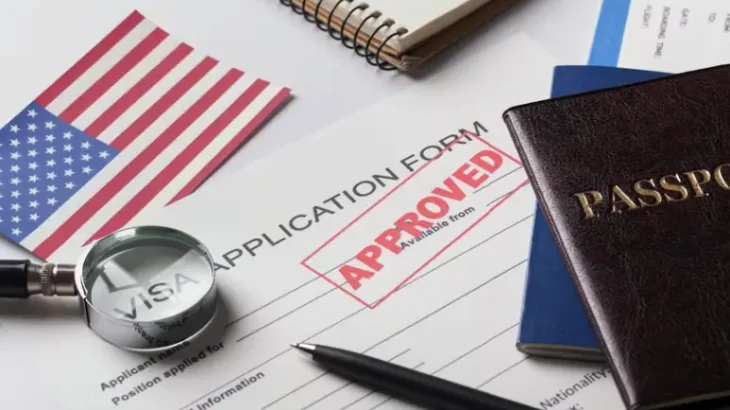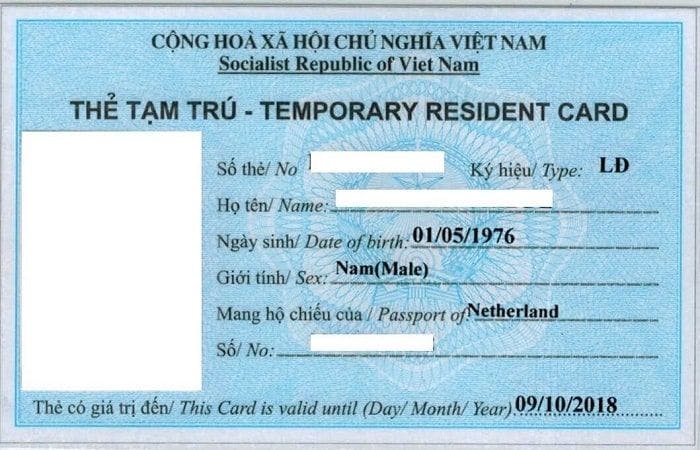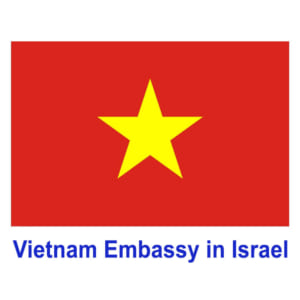
Vietnam Investor Visa: Requirements and Application Process
Vietnam Investor Visa: An Overview

The Vietnamese Government has made some amendments to its immigration laws, making it simpler for foreign investors to invest in the country and obtain a temporary residence permit. The DT visa, also known as the Vietnam Investor Visa, allows foreign investors and lawyers to enter, exit, or travel through Vietnam for a period of 12 months while residing there.
What are the Different Types of Vietnam Investor Visas?
There are four types of investor visas available in Vietnam based on the amount of money invested. Each visa allows a stay of 1-10 years. The following are the differences between the four investor visas:
- DT1 Visa: Granted to investors who have invested no less than VND 100 billion or $4.3 million. This visa is valid for five years and is given to investors who invest in economic categories and regions with investment incentives set up by the Vietnamese Government.
- DT2 Visa: Investors with capital investments between VND50 billion ($2.17 million) and VND100 billion ($4.35 million) can apply for this visa. It is valid for five years and is given to investors who invest in economic categories and regions with investment incentives set up by the Vietnamese Government.
- DT3 Visa: Investors with investment capital between VND3 billion ($130,500) and VND50 billion ($2.17 million) can apply for this visa. It is valid for five years.
- DT4 Visa: This visa is valid for 12 months and is granted to foreign investors who have made a capital contribution of less than VND3 billion ($130,500).

How to Obtain a Vietnam Investor Visa or DT Visa: Required Documents and Application Process
To obtain a Vietnam Investor Visa, you must first gather the necessary documents. Depending on your location, there are three ways to apply for the visa: within Vietnam, outside Vietnam, or via Visa on Arrival.
Within Vietnam
If you are already in Vietnam and wish to invest, you must submit the following documents to one of the Vietnam Immigration Departments:
- A valid original passport
- Form NA5 (visa application form and visa extension form for foreigners in Vietnam)
- Form NA16 – Registration form for the seal and signature of the legal representative of the enterprise operating in Vietnam
- Temporary residence registration form
- A 4x6cm photo with a white background
- Proof of legal status as prescribed by Vietnam’s law (if you are foreign investors):
- Certified copy of Business Registration Certificate/ Investment Registration Certificate
- Certificate of seal specimen registration or notice on the publication of information on the sealed specimen of the enterprise on the national enterprise registration portal
- Lawyer license if you are a lawyer
- Letter of invitation from the sponsoring company
Processing time is five working days, and the visa is stamped on your passport.
Outside Vietnam
If you are applying from a foreign country, you must first obtain a Visa Approval Letter before submitting the required documents to the Vietnam Immigration Department.
Documents Required for DT Visa Application in Vietnam
To apply for a DT visa in Vietnam, the following documents are required:
- Copy of your valid original passport
- Certified copy of Business Registration Certificate/ Investment Registration Certificate
- Certificate of seal specimen registration or a notice on the publication of information on the seal specimen of the enterprise on the national enterprise registration portal
- Form NA16 – Registration form for the seal and signature of the legal representative of the enterprise operating in Vietnam
- Form NA2 with Barcode – Foreigners’ pre-clearance requests to enter Vietnam
- Temporary residence registration form as prescribed
Submit these documents to one of the Vietnam Immigration Departments in Hanoi, Da Nang, or Ho Chi Minh City, where your company is based. After 5 working days, you should receive your visa approval letter, which can be emailed or scanned by your company staff.
To apply for your DT visa at your nearest Vietnam Embassy/Consulate General, you will need:
- Valid original passport for at least 6 months
- 2 black pages on the passport for the visa
- Printed visa approval letter
- Two photos in 4x6cm size, with white background
- Form NA5 (visa application and extension form for foreigners in Vietnam)
You can apply for the visa in person or via mail by paying the visa fees online. It takes up to 5-7 working days to process the visa, and you must be present at the Vietnam Embassy/Consulate General on the appointed date to receive your passport with the DT visa.
Visa On Arrival: To obtain a Visa On Arrival, your company’s staff or representative in Vietnam must submit the necessary documents to the Vietnam Immigration Department to obtain a Visa Approval Letter on your behalf.
Title: Requirements for Obtaining a Vietnamese Visa on Arrival
To obtain a Vietnamese visa on arrival, the following documents are required:
- Business Registration Certificate/Investment Registration Certificate (certified copy)
- Seal registration certificate or notice of posting information about enterprise’s seal sample on national business registration portal
- Form NA16 (signed and sealed by legal representative of inviting company operating in Vietnam)
- Form NA2 with Barcode (foreigners’ pre-clearance requests to enter Vietnam)
- Valid passport copy of investor
Submit these documents to the office of the Vietnam Immigration Department in Hanoi, Da Nang, or Ho Chi Minh City for verification. A visa letter fee is required, and an appointment letter will be provided. The visa approval letter will be given to your company’s staff on the scheduled date, which they must scan and email to you.
At the airport, to get the visa stamped on your passport, the following items are needed:
- Valid original passport for at least 6 months
- 2 black pages on the passport for the visa
- Printed visa approval letter
- Two photos in 4x6cm size, with white background
- Vietnamese visa Application Form (Form N1), also known as entry and exit form
The visa stamping fee is $25 for a single entry visa for one or three months and $50 for multiple entries for one or three months.
Vietnamese visas can be obtained on arrival at the following Vietnam airports:
- Tan Son Nhat Airport (Ho Chi Minh City)
- Noi Bai airport (Ha Noi city)
- Da Nang Airport (Da Nang City)
- Cam Ranh, Cat Bi, Lien Khuong, Can Tho Phu Quoc Airports
Immigration officers are available 24/7 at the international airports.
What is the validity period of Vietnam Investor Visa?
The Vietnamese Investor Visa or DT visa is valid for at least 12 months to a maximum of 5 years. The DT visa also enables you to apply for a temporary residence card, which grants you the permission to stay in Vietnam for up to 5 years without requiring a work permit. With these details, you can now arrange for your DT visa and travel to Vietnam.

Frequently Asked Questions
Are Foreign Investors Exempted from Work Permit Requirements in Vietnam?
No, not all foreign investors are exempted from work permit requirements. If the capital contribution is less than VND 3 billion, then a work permit exemption will not be granted, and a work visa must be applied for to carry out any business activities in Vietnam. However, foreign investors can be exempted from work permits under the following circumstances:
- As an owner or equity member of a limited liability company with a capital contribution of VND 3 billion or more.
- As the Chairman or member of the Board of Directors of a joint-stock company with a capital contribution of VND 3 billion or more.
Can I Invest in Vietnam?
Yes, any foreign citizen can invest and start a business in Vietnam through various means such as setting up a Limited Liability Company (LLC) with a maximum of 50 members, creating a Joint-stock company (JSC) with three funding partners, forming a Partnership with at least two individual partners, entering into a Business Cooperation Contract (BCC), establishing a Private Enterprise, participating in Public-Private Partnership (PPP) projects, or investing in Vietnamese companies by making capital contributions and purchasing shares.

